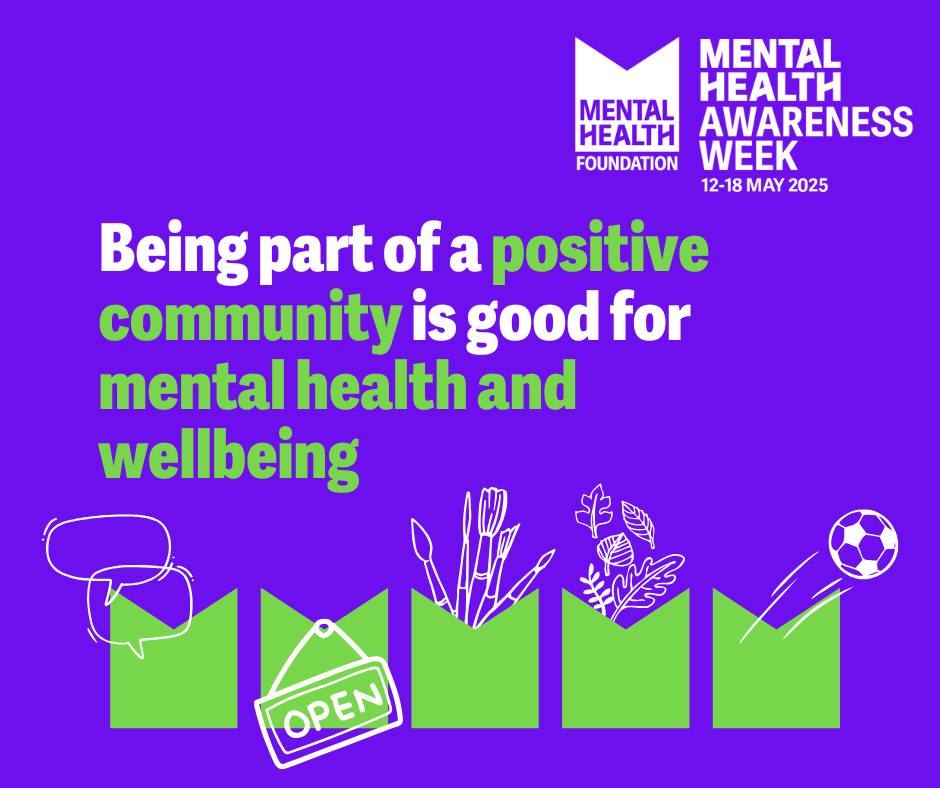by Lesley Rowcroft
What is storytelling for people with learning disabilities?
Storytelling is one of the oldest art forms in the world. Storytelling, both fictional and personal, can help to develop social relationships and build active participation in the community. It is something that can be accessible to everyone.
Storytelling can be a great activity for people with learning disabilities, who have many skills and abilities and have an untapped potential to engage through active listening, using a variety of resources. We need to see beyond the disability and think of different ways to tell the story so that everyone can relate.
Being creative when narrating a story to someone who may have a range of sensory difficulties, alongside a learning disability, can help to bring the story to life. Multi-sensory storytelling offers the opportunity to connect with those who find it difficult to process information verbally. It engages all the senses; each sentence of the story is matched with a sensory event, or specially selected object, which helps the listeners to engage in the story who have different levels of communication ability.
A range of stories has been developed for people who have a learning disability, autism and / or a sensory perception difficulty. The text in these stories is minimal, there are things for them to see, things for them to touch, things for them to smell. There are certain actions that draw you into the story, creating a better understanding and interaction. When storytelling in groups, you may see that the anticipation is building as you pass an item around the group, often whoever is last in line is looking and thinking “wow it’s me next” and it really helps to enhance the overall experience.
How can you create sensory stories at home
What are their sensory strengths and what resources do you need to bring the story alive in a way that has meaning to them?
Think about how you can keep your audience engaged through active listening, consider using the tone of your voice to emphasise the emotions in the story, perhaps use your nonverbal expressive skills in relaying the story such as body
language, facial expressions etc. and think about what support the listeners need to participate actively in the sharing of experience, and imaginative and creative activities.
Use real objects that they can feel, to connect people to the story if this is their strongest sense. Is there something they can smell or taste to engage and stimulate the key senses, which relates to the story?
Use your imagination and your knowledge of the audience to adapt stories that may be well known. If you already have a soundtrack or audiobook, it can be easily broken down into smaller sections, using resources to make the story inclusive, informative, and come alive through the wonderful world of storytelling.
In many ways, the greatest need that can be met when telling stories is the need to feel listened to. Telling the story using all the senses can have a huge impact that helps people to talk about feelings or experiences, and gives everyone the chance to open up and communicate, even by accident, subconsciously through telling other stories.
For help with finding sensory resources, we suggest looking at www.bagbooks.org who sell a range of stories, along with sensory items which can be used to enhance the experience.
Do you have any top tips for storytelling? Join us over on our Facebook page www.facebook.com/AspireCareSupport and share them with others.

